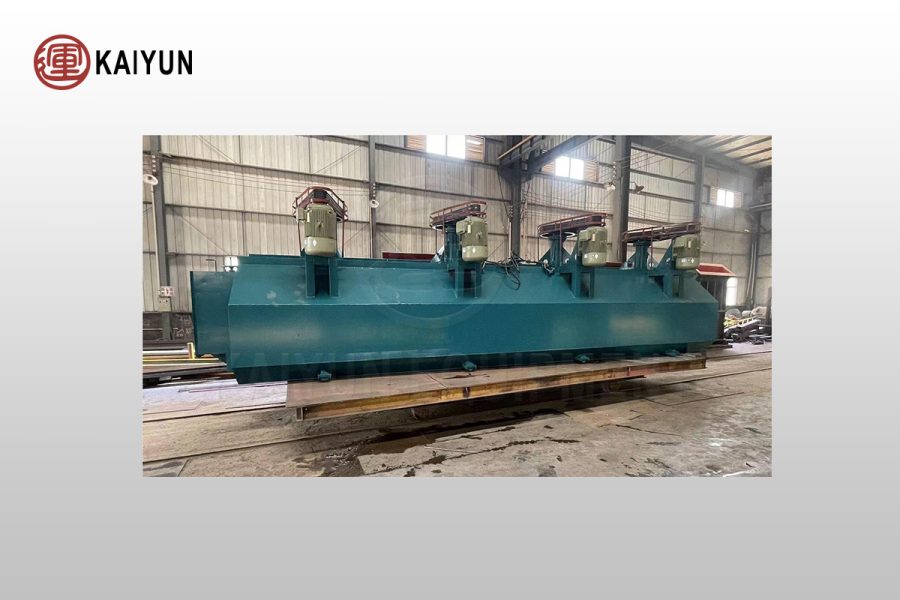Antimony is an important non-ferrous metal, widely used in flame retardants, alloy additives and electronic semiconductors. Flotation is a key technology to improve the grade and recovery rate of antimony concentrate. For different types of antimony ores, appropriate flotation processes need to be adopted.

Single antimony sulfide ore flotation method
(1) Collector flotation method
Single antimony sulfide ore mainly exists in the form of stibnite. Collectors (such as xanthate and black powder) are used to change the hydrophobicity of the mineral surface, so that it attaches to bubbles and floats, thereby separating it from the gangue minerals. This method has a simple process and a high recovery rate, but the dosage of reagents needs to be optimized according to the properties of the ore.
(2) Collector-free flotation method
Using the natural floatability of stibnite, flotation can be achieved without a collector under specific pulp conditions (adjusting pH and redox potential). This method reduces the amount of reagents used and environmental pollution, but has high requirements for the control of pulp conditions.
Flotation method of antimony oxide ore
(1) Sulfidation-flotation method
Antimony oxide ore (such as antimony ore and stibnite) can be treated with a sulfiding agent (such as sodium sulfide) to form a sulfide film on its surface to improve floatability, and then floated with a collector. This method is suitable for antimony oxide ore, but the amount of sulfiding agent must be strictly controlled to avoid affecting subsequent flotation.
(2) Chelated collector flotation method
Hydroxamic acid chelating collectors are used to form stable chelates with metal ions on the surface of the mineral to enhance floatability and improve recovery rate. This method has good selectivity and low reagent dosage, but the cost is high and needs to be optimized for different ores.
Flotation method of polymetallic antimony ore
(1) Priority flotation method
According to the difference in mineral floatability, antimony ore or other metal minerals (such as lead, zinc, and copper) are floated in turn to obtain high-quality single metal concentrates. However, the process is relatively long and the flotation conditions need to be precisely controlled.
(2) Mixed-separation flotation method
First, mixed flotation is carried out to obtain a mixed concentrate, and then different metal minerals are separated by inhibitors and activators. This method simplifies the process and improves flotation efficiency, but the separation is difficult and requires reasonable selection of reagents.
On the whole, single antimony sulfide ore is suitable for collector flotation or collector-free flotation, antimony oxide ore can choose sulfide-flotation or chelate collector flotation, and polymetallic antimony ore can use preferential flotation or mixed-separation flotation. In actual production, the appropriate flotation process should be selected according to the properties of the ore, and the reagent system should be optimized to improve the recovery rate and concentrate grade. At the same time, the development of new flotation reagents and technologies will further promote the improvement of antimony ore dressing efficiency.